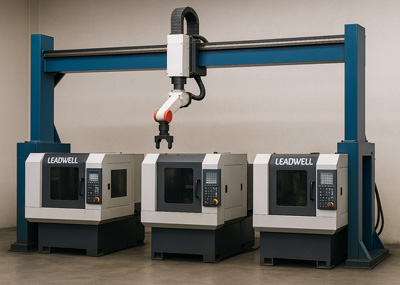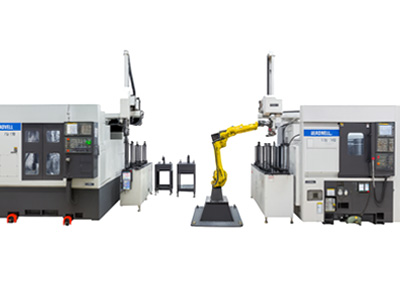Definition
A
gantry robot consists of three mutually perpendicular axes (X, Y, Z) that move
linearly.
Main Types
l Single-axis: Moves along only one axis
l Dual-axis: Moves along two axes
l Three-axis: Moves along three axes
l Multi-axis: Moves along multiple axes with
additional functions
Features
l Simple
Structure: Consists
of three mutually perpendicular axes, offering a clear and straightforward
design that is easy to install and maintain.
l High
Accuracy: Precision
control ensures accurate movement along the axes, improving machining or
assembly quality.
l Wide
Applicability:
Can be integrated with
various machining or assembly equipment, suitable for electronics, mechanical,
and other industries.
l Strong
Expandability:
Additional axes or functions
can be added as needed, flexibly
meeting different automation
requirements.
l Typical
Applications:
Widely used in electronics
assembly and CNC machine loading & unloading in automated production
processes.
l Electronics
Assembly: Designed for handling, assembling, and precise
positioning of electronic components, enhancing production line efficiency and
consistency.
l CNC
Machine Loading & Unloading:
Supports automated loading
and unloading operations for CNC machines, increasing machine utilization and
production efficiency while reducing manual labor.
Summary
A
gantry robot, with its high stability, precision, and scalability, plays a
vital role in smart manufacturing.


